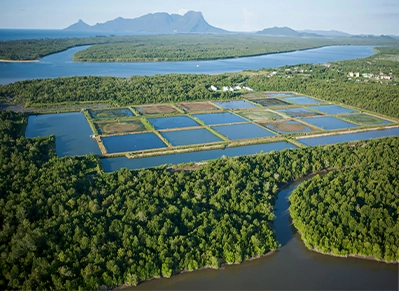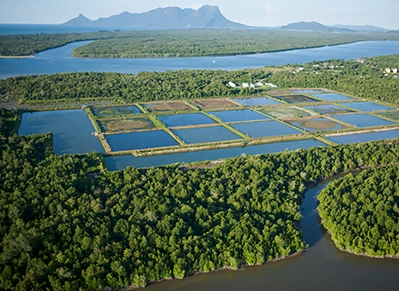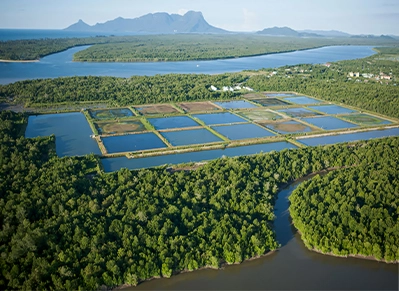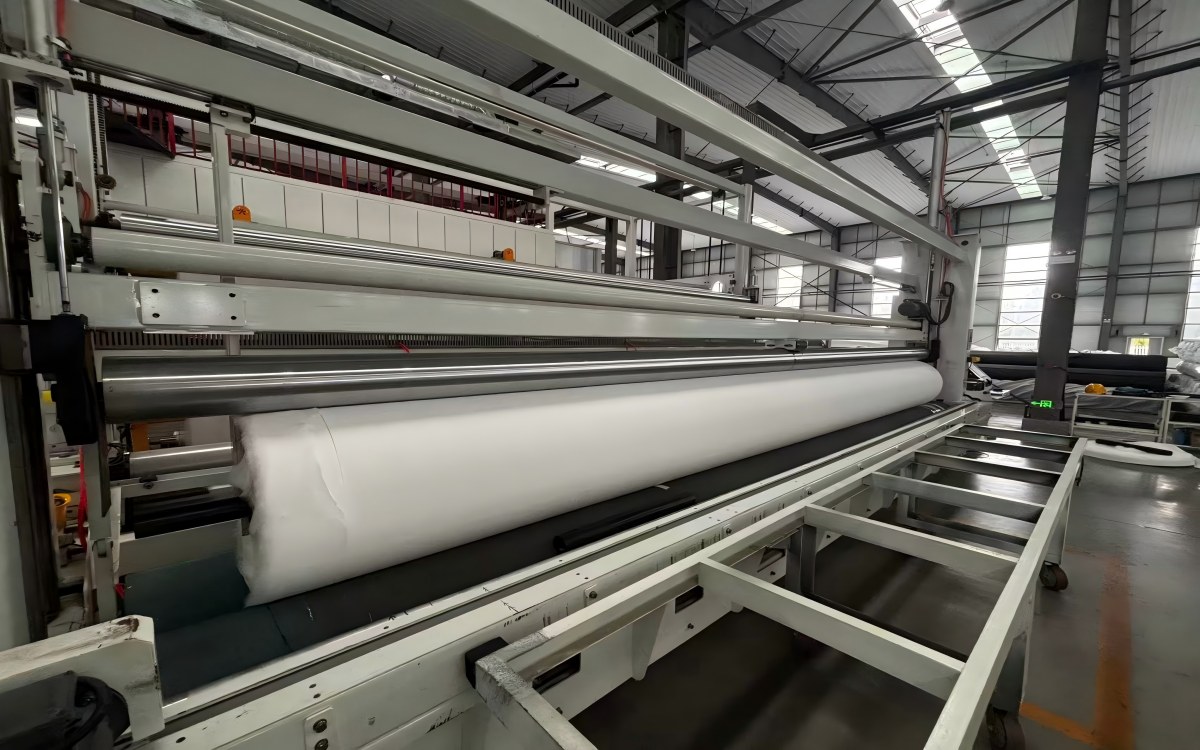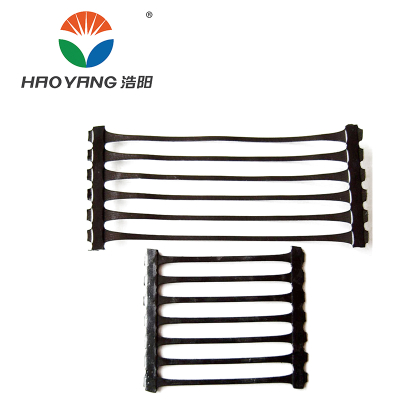Haoyang Environmental Technology Filament Geotextile Range: Optimizing Cost & Performance with 120, 150, and 200 GSM
Walk onto any major construction site, and you'll see the obvious heroes: cranes, rebar, and concrete. But beneath the surface, often hidden from view, lies a critical component that determines the project's long-term health and stability: the geotextile. Unlike simple landscape fabric, high-performance filament geotextiles from manufacturers like Haoyang Environmental Technology are engineered polymers designed for a brutal life underground. They separate, drain, reinforce, and protect. But with a range of options, how do you choose? The answer often hinges on a single, crucial metric: weight, measured in Grams per Square Meter (GSM). Let's cut through the noise and explore the real-world difference between Haoyang's Geotextile 120 GSM, Geotextile 150 GSM, and Geotextile 200 GSM.
More Than Just Weight: The Performance Spectrum of GSM
Think of GSM not just as weight, but as a shorthand for the fabric's potential muscle and resilience. A higher GSM typically translates to thicker filaments, a denser matrix, and superior mechanical properties. However, smarter engineering isn't about always picking the heaviest; it's about precision matching.
Haoyang's Geotextile 120 GSM is the agile workhorse. It's engineered for efficiency in applications where high water flow (permeability) is just as important as separation. Imagine it as a sophisticated filter fabric. It's the ideal choice for lining subsurface drainage trenches, sitting behind retaining walls to prevent clogging of weep holes, or providing separation in unpaved low-traffic areas. Its lighter weight makes it easier to roll out over vast areas, reducing labor time and cost.
When project demands escalate, the Geotextile 150 GSM steps in. This is the industry's go-to for reinforcement. The added mass per unit area delivers a significant jump in puncture resistance and tensile strength. This makes it the perfect candidate for stabilizing paved roads, parking lots, and railway embankments. It acts as a stress-absorbing interlayer, distributing loads evenly to prevent the soft subgrade from yielding and causing cracks in the asphalt above. It's the balance point between performance and budget for a huge range of common civil applications.
For extreme conditions, nothing short of the Geotextile 200 GSM will do. This is the heavyweight guardian, built for survivability. Its primary role is protection in high-stress environments. In landfill engineering, it is deployed as a protective cushion over geomembrane liners, preventing sharp rocks or debris from puncturing the critical impermeable barrier. In coastal and riverbank revetments, it is laid beneath tons of riprap to absorb abrasion and prevent the soil beneath from being scoured away by waves or currents. Choosing a 200 GSM product is an investment in preventing catastrophic, costly failures.
The Ripple Effect: How GSM Selection Drives Sustainability and Value
The conversation around construction materials is increasingly about lifecycle value and environmental responsibility. Here, the choice of GSM becomes a powerful lever for sustainable practice.
Opting for a Geotextile 120 GSM where it's technically sufficient is inherently sustainable. It minimizes raw material use, reduces transportation energy (as more square meters fit on a truck), and lowers the project's embodied carbon from the outset. It proves that doing more with less is a cornerstone of modern engineering.
The Geotextile 150 GSM builds value through longevity. By correctly specifying this mid-weight class, engineers dramatically extend the service life of infrastructure. A road that lasts 25 years without major subgrade failure instead of 10 doesn't just save taxpayer money; it avoids the massive environmental toll of repeated reconstruction—the quarrying, the trucking, the emissions, and the community disruption. This is sustainability defined by durability.
Deploying a Geotextile 200 GSM is perhaps the ultimate form of prevention. In a landfill, a single puncture in the liner can lead to environmental contamination with generational consequences. The robust 200 GSM fabric is the first and most vital defense. Its use is a non-negotiable for protecting groundwater and surrounding ecosystems, making it one of the most environmentally critical products in an engineer's toolkit.
From Theory to Dirt: Practical Applications for Every GSM
Making the right call requires translating specs into on-the-ground reality. Here’s a down-to-earth guide.
1. Drainage & Landscaping: For residential French drains, under patio gravel, or in green infrastructure like rain gardens, the Geotextile 120 GSM is your best bet. It keeps soil out of gravel while letting water flow freely, preventing system failure.
2. Pavement & Stabilization: For reinforcing asphalt overlays on city streets or stabilizing subgrades for commercial parking lots, the Geotextile 150 GSM is the unequivocal standard. It's the workhorse that fights reflective cracking and rutting. Reserve the Geotextile 200 GSM for access roads to mining sites or construction staging areas on exceptionally soft, wet ground.
3. Environmental & Heavy Civil: This is where the Geotextile 200 GSM earns its keep. It's mandatory in landfill liner/cap systems and for protecting shorelines from erosive forces. For embankments built over peat or very soft clay, the high tensile strength of a 200 GSM fabric provides the necessary reinforcement to ensure global stability, literally holding the ground together.
Conclusion
Selecting a Haoyang filament geotextile isn't about checking a box on a spec sheet. It's a fundamental engineering decision with cascading effects on performance, cost, and environmental impact. Understanding the distinct operational domains of the Geotextile 120 GSM, Geotextile 150 GSM, and Geotextile 200 GSM allows professionals to build not just for today, but for decades to come. It’s the art of applying the right tool, to the right job, with foresight and precision.
